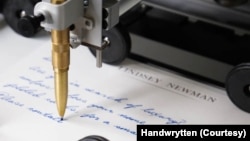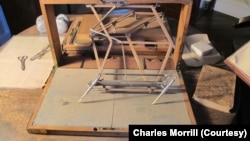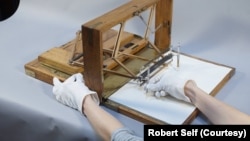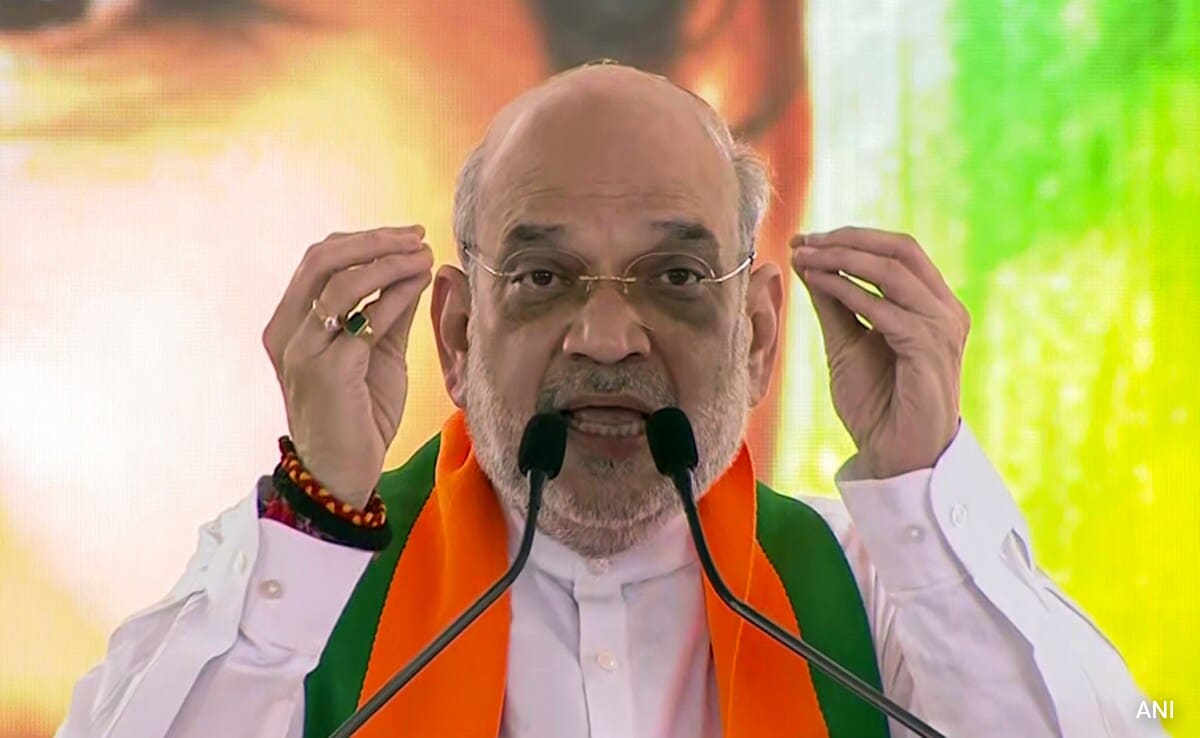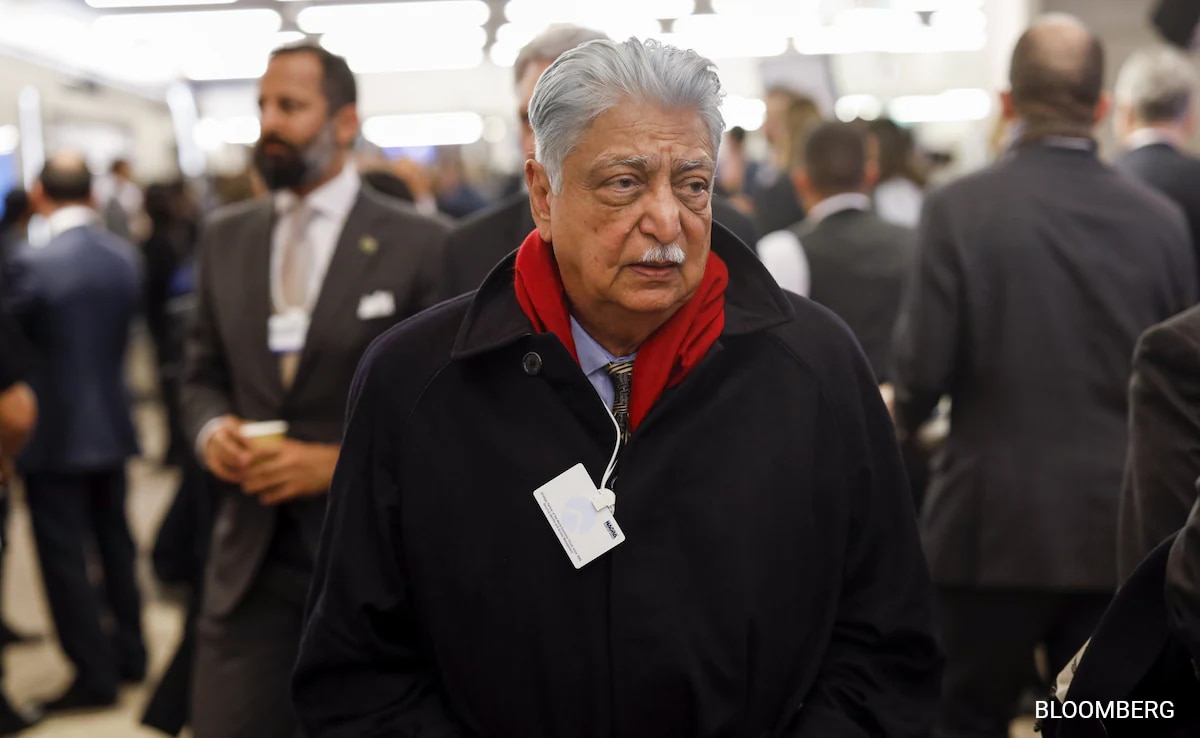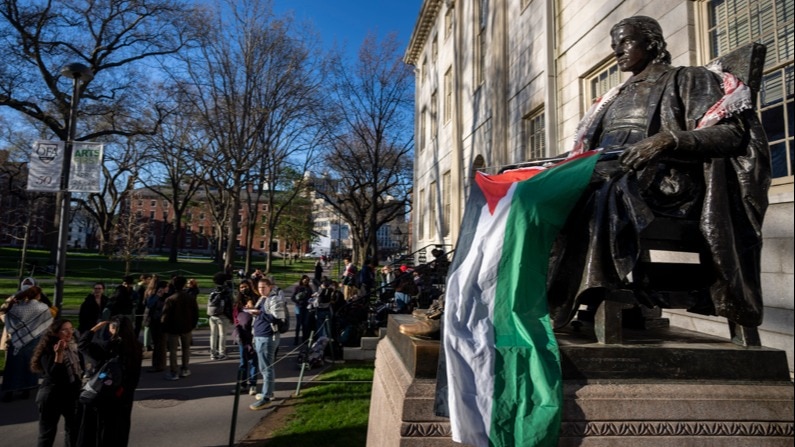Handwriting is something humans have been doing for thousands of years. Since prehistoric times, people have used every tool imaginable to etch stone, carve clay, and ink parchment and paper to convey messages, conduct business, and establish personal correspondence.
But as computers took over the job and typed text became the norm, something was lost in the process. Namely, the charm and personal nature of a handmade note or letter.
Handwriting robot
Now, like many things that were once considered too old-fashioned, letter writing is making a comeback…in the form of AI-operated robots that can handwrite notes for humans in their own handwriting.
“Receiving a handwritten note not only appeals to your eyes, but also to your feelings,” says
David Wachs, CEO and founder of Handwrytten. “I think what’s old is new again.”
The Phoenix-based company’s primary clients are businesses that use handwritten letters and thank-you notes created by the company’s robotics team to build stronger, more personal connections with customers. Those customers appreciate it, Vaux said.
He said the majority of their business is with nonprofits, and they help nonprofits keep donations flowing.
Vox explains that many nonprofits have difficulty converting one-time donors into annual donors because donors feel unappreciated.
So they help these nonprofits reach out in a more meaningful way through handwritten letters.
president’s hobbies
Automated letter writing is not a new phenomenon. Thomas Jefferson, the third president of the United States, was a big fan and frequent user of the polygraph, a machine invented by British inventor John Isaac Hawkins. Jefferson considered the device the greatest invention of his time because it allowed him to copy his letters to preserve his own records.
When Benjamin Henry Latrobe, the second architect to help design the U.S. Capitol, introduced the polygraph to Jefferson, the president was immediately fascinated, said Charles Morrill, He was a polygraph enthusiast, historian, and professional woodworker who worked as a guide at Monticello for many years. From 1770 until his death in 1826, Jefferson lived at home in Virginia.
“Jefferson fell in love with this, and in many ways it became a hobby of his presidency,” Morrill said. “He kept buying machines and swapping out the less perfect machines for a slightly better machine. “
“For Jefferson, it was almost like a printing press with one copy,” he said, and the president ended up making more than ten copies at a time. This pushed the technology of the time to its limits. “
Historians say Jefferson wrote nearly 20,000 letters during his lifetime using a technology he considered miraculous.
Jefferson wrote to Charles Willson Peale on January 15, 1809:
“The use of polygraphs spoiled me with the old photocopier because the copies it produced were almost illegible,” he added, “so now I can’t live without a polygraph.”
“We have a president who absolutely believes that new, new things are not something you want. It’s something you absolutely have to have,” Morrill said.
One day when Morrill was visiting Monticello, a visitor asked him, “What do you Americans have to do with this new thing? That’s not the case with other cultures. You Americans are absolutely convinced that the next new thing is going to do it.” This; the latest software, the latest computers, the latest phones.”
“I think it starts with Jefferson,” Morrill said.
From early polygraphs to AI-generated letters
Handwriting technology has come a long way since Jefferson’s day.
Wachs said it now includes 3D printing and laser cutting, as well as circuit board design for robots that do human work.
If users need help thinking about what exactly to write in a note, they can select the AI assist button to help them generate a more effective message through the ChatGPT feature.
Whether through the printing press or the polygraph, the computer or the robot, one thing is clear…human beings will use whatever tools are at their disposal to express themselves through the printed word for the sake of convenience, emotion, and future generations.
Follow us on Google news ,Twitter , and Join Whatsapp Group of thelocalreport.in
